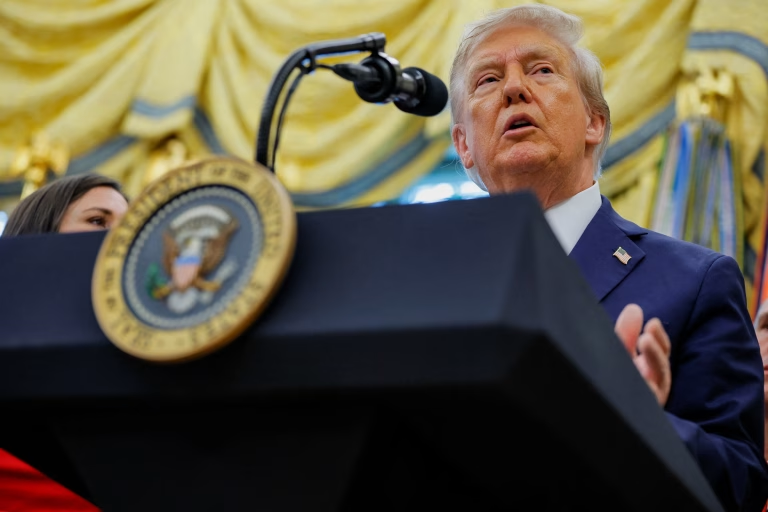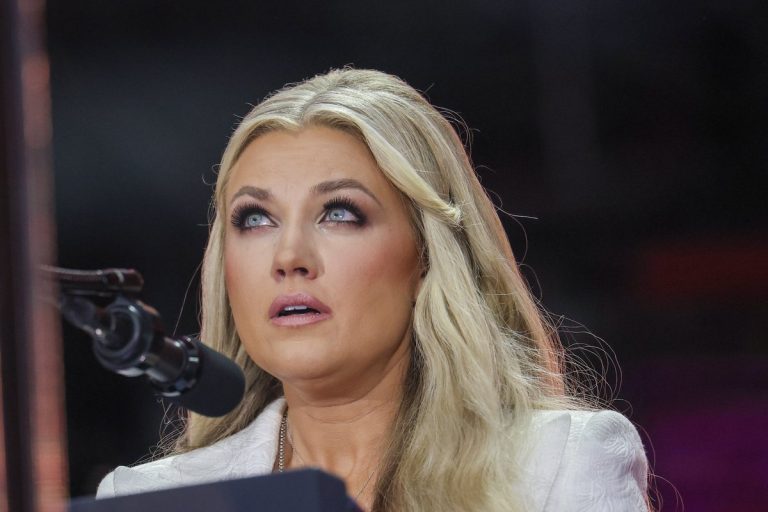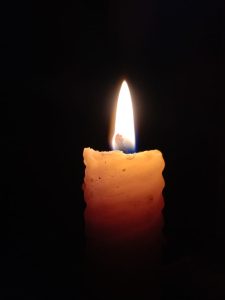The FBI has announced a decisive finding in the investigation into the 2024 assassination attempt on Donald Trump, confirming that the gunman acted entirely on his own. The conclusion comes in the face of public accusations that the bureau had concealed key information and misled Congress.
On July 13, 2024, a 20-year-old identified as Thomas Matthew Crooks opened fire during one of Trump’s campaign rallies in Butler, Pennsylvania. The shooter discharged eight rounds from a .223 rifle, narrowly missing Trump’s ear. A bystander was tragically killed in the chaos. A Secret Service counter-sniper engaged swiftly, fatally wounding Crooks. Inside the suspect’s vehicle, agents later found 22 additional rounds, multiple magazines, and an undetonated explosive device.
That same night, the FBI secured the crime scene and began what would become one of its most expansive investigations. The bureau interviewed more than 1,000 people, pursued domestic and international leads, and launched a full-scale forensic and digital inquiry.
After months of speculation — particularly from critics who accused the bureau of withholding information — FBI Director Kash Patel and Deputy Director Dan Bongino publicly stated that Crooks had no co-conspirators, no hidden manifesto, and no motive tied to any domestic or foreign actor.
No Evidence of a Larger Conspiracy
According to FBI investigators, Crooks’ digital footprint was exhaustively examined. Agents seized 13 electronic devices, accessed 35 online accounts, and reviewed over 500,000 files.
Patel emphasized that even encrypted data stored abroad — including emails contained on German and Belgian servers — were decrypted and analyzed. “There is no foreign connection in this case,” he said. “No one outside or inside the U.S. directed, inspired, or assisted him.” He dismissed any suggestion of coordination with governments or foreign entities.
In addition, conspiracy theories about a second shooter have been formally rejected. The bureau identified a person seen near a water tower — whom some had speculated might have been involved in the plot — as a Pennsylvania State Police officer, not an accomplice. “There were no phantom rounds,” an official said. “Every bullet has been accounted for.”
No Manifesto, No Declared Motive
Despite efforts to construct a deeper narrative, the FBI found no manifesto, letter, or written explanation from Crooks. “He didn’t give any indication anywhere that he was going to do this or why,” an FBI spokesperson stated. “Where is the manifesto? The answer is — it doesn’t exist.”
While Crooks had internet activity that raised concern — including posts from 2019 and 2020 that referenced political violence — nothing clearly articulated a coherent ideology or political program. Investigators also looked into his history on niche websites. Some of his interests included animated erotic content, especially on platforms featuring muscular women. The bureau went to lengths to clarify his use of such sites:
Patel addressed speculation about a possible connection to the “furry” community. He noted that although Crooks viewed content on sites like DeviantArt, his activity did not prove an association with anthro fandom or any community-based movement. “He was on that website, and looked at images … a lot,” Patel said. “That was his interest, and so we are sharing this … to show that … there is no investigative fact to back up a connection between Crooks and a portion of the website that had ‘the furry’ on it.”
Pushback and Transparency
The FBI has faced sharp criticism from some conservative commentators, including Tucker Carlson, who claimed the bureau misled the public and withheld key detail. In response, Patel and Bongino defended their transparency. They noted that the FBI has handed over more than 40,000 pages of documentation to Congress as part of its investigation.
They argued that the FBI’s actions were bound by legal constraints, stating: “The FBI can only investigate based on a lawful predicate … Does the American public really want the FBI scouring social media and content everywhere without a lawful predicate?” The message implies that while the bureau acknowledges concerns about privacy and free speech, it must also adhere to constitutional protections.
Handling of the Crime Scene and Body
Patel and Bongino also addressed questions about the handling of Crooks’ body after his death. An autopsy was conducted, DNA samples were collected, and the remains were eventually released to Crooks’ family, who chose cremation.
The roof from which he fired the rifle was carefully examined, processed, and returned to the property owners. According to officials, that forensic work played a key role in reconstructing what happened that day.
Reactions from Trump and the Public
After the announcement, Trump expressed his confidence in the FBI’s current leadership. “I have confidence in Kash,” he said, referring to Director Patel. “It’s a different group.” In public statements, he highlighted the difference in investigative focus compared to past administrations, signaling support for the bureau’s conclusions.
For many Americans, the FBI’s announcement may come as a relief. Some of the conspiracy theories and explosive speculation surrounding the assassination attempt created widespread mistrust. By declaring that Crooks acted alone and had no discernible external support, the bureau is attempting to close the door on alternative narratives.
Still, the decision will not settle all debate. Critics will continue to examine online posts, question security lapses, and call for further transparency. For now, the FBI says its investigation is complete, its findings are backed by forensic evidence, and its conclusion is clear: this was the act of a lone individual, not the beginning of a broader plot.
Implications Going Forward
The broader significance of the FBI’s conclusion is twofold. First, it aims to quell conspiracy theories that have proliferated since the shooting. By demonstrating that every major investigative lead — digital, physical, international — ended in a dead end for co-conspirators, the bureau is attempting to restore a measure of trust.
Second, it raises questions about how to prevent future lone-wolf attacks. If Crooks truly acted independently, investigators will likely examine his radicalization process, psychological state, and digital footprint more closely to understand how a young man turned to violence.
Civil liberties experts will also continue debating the line between necessary surveillance and overreach. Patel’s comments about lawful predicate and First Amendment protections suggest an ongoing tension in how intelligence agencies monitor potential threats while respecting privacy.
The Road Ahead
Despite the FBI’s strong declaration, some questions remain. Congressional oversight committees will likely follow up with demands for more transparency and perhaps even further testimony. The bureau’s willingness to provide extensive documentation may help quell public concern, but the political ramifications are far from settled.
Further, researchers and policymakers may push for new protocols that address how individuals with extremist tendencies are identified and legally monitored — especially when no clear organization or ideology is driving their actions.
The Crooks case could also reshape how future investigations into attempted political violence are conducted. With no manifesto and no foreign ties, it challenges the assumption that high-profile attacks must be part of a larger, organized conspiracy.
In press briefings, the FBI has emphasized that its findings are based on thorough investigation, and that the public and Congress have already received significant documentation. For many, the declaration of “acted alone” marks the conclusion of a painful chapter and the beginning of a sobering reflection on security, ideology, and prevention.
As the country continues to process what happened in Butler that day, the FBI’s release is likely to be seen as a definitive statement — one that, for now, draws a hard line under much of the speculation and mystery that followed one of the most alarming political assaults in recent memory.

Emily Johnson is a critically acclaimed essayist and novelist known for her thought-provoking works centered on feminism, women’s rights, and modern relationships. Born and raised in Portland, Oregon, Emily grew up with a deep love of books, often spending her afternoons at her local library. She went on to study literature and gender studies at UCLA, where she became deeply involved in activism and began publishing essays in campus journals. Her debut essay collection, Voices Unbound, struck a chord with readers nationwide for its fearless exploration of gender dynamics, identity, and the challenges faced by women in contemporary society. Emily later transitioned into fiction, writing novels that balance compelling storytelling with social commentary. Her protagonists are often strong, multidimensional women navigating love, ambition, and the struggles of everyday life, making her a favorite among readers who crave authentic, relatable narratives. Critics praise her ability to merge personal intimacy with universal themes. Off the page, Emily is an advocate for women in publishing, leading workshops that encourage young female writers to embrace their voices. She lives in Seattle with her partner and two rescue cats, where she continues to write, teach, and inspire a new generation of storytellers.








